So one day I was chilling and watching some meme compilations on youtube, when I saw this one:

I've had a good chuckle over this one... and then I spend a month trying to figure out which yu-gi-oh card do I look like.
usage: wycay.py [-h] [--include-top] model image_path
See which Yu-Gi-Oh! card you look like.
positional arguments:
model name of NN model to use [vgg16/resnet50/mobilenet]
image_path path to the input image
options:
-h, --help show this help message and exit
--include-top include top of the model
First, download a local copy off all card images. Since there's a lot of them (over 12 thousand), it takes some time even with a good internet connection, and often around the 1000th request the connection fails, possibly due to too many consecutive requests. The scripts used for getting the cards are in prodeck_api.py file.
Then I had to figure out a way to crop the images from the cards. I wanted to do it the smart way, using some computer vision techniques, but I've decided that it's not the most pressing problem and settled on just cutting them 'the dumb way' (aka just using predefined constant values). I might come back to this part and figure out a more elegant way of doing it. The cropping scripts are in crop.py file.
Finally, I had to implement the image comparison using machine learning. After reading some articles online I came to the conclusion that I'll just import pretrained neural network models and use them as embedders. Since I wasn't sure whether to use the imagenet classes predictions as the embedding, or just use the feature extractor, I used both. Since every card is its own class, there is no point in retraining the net's top. The difference between embedding vectors is calculated as the sum of squared differences. Obviosly only the face images from the cards are used for comparison and not the whole cards with text and a frame.
In the following chapter where I test the performance of the program I use VGG16, ResNet50 and MobileNet. However theses choices are completely arbitrary and not based on any properties or characteristics of these models.
| Model used | include_top = True | include_top = False |
|---|---|---|
| VGG16 | 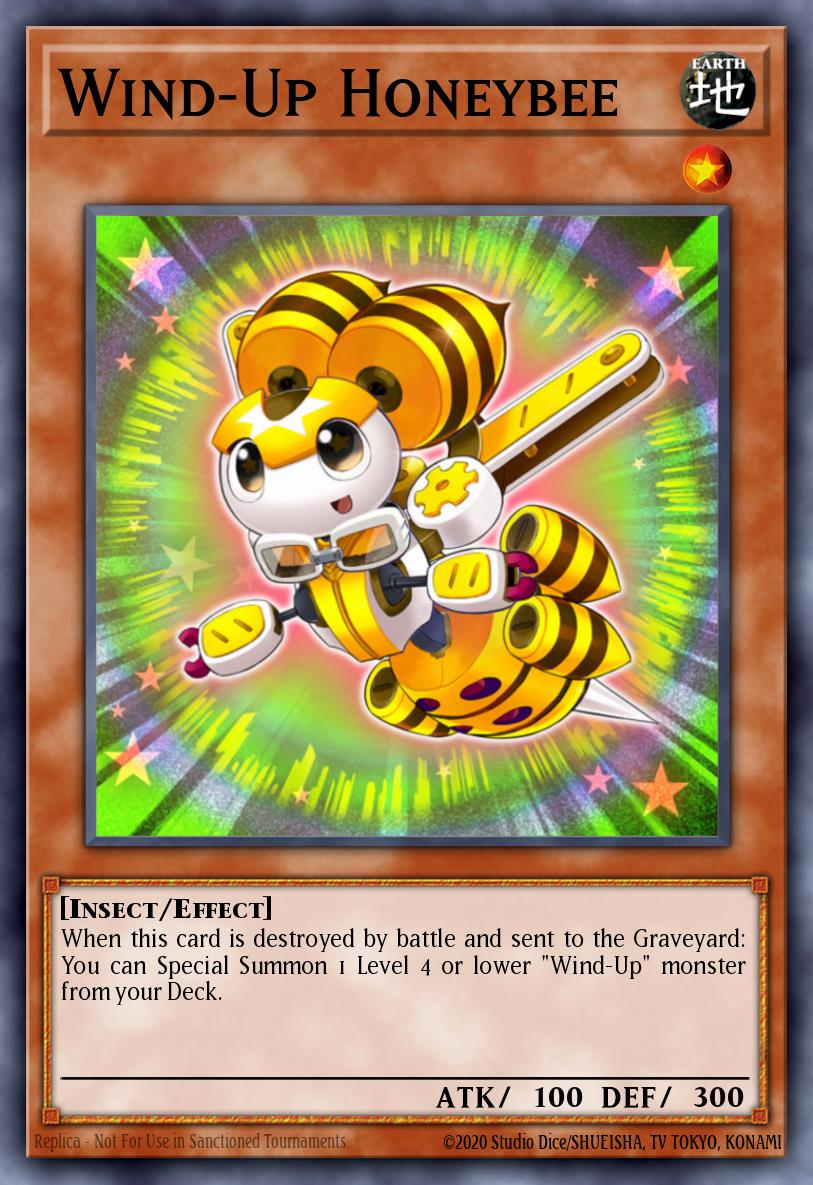 |
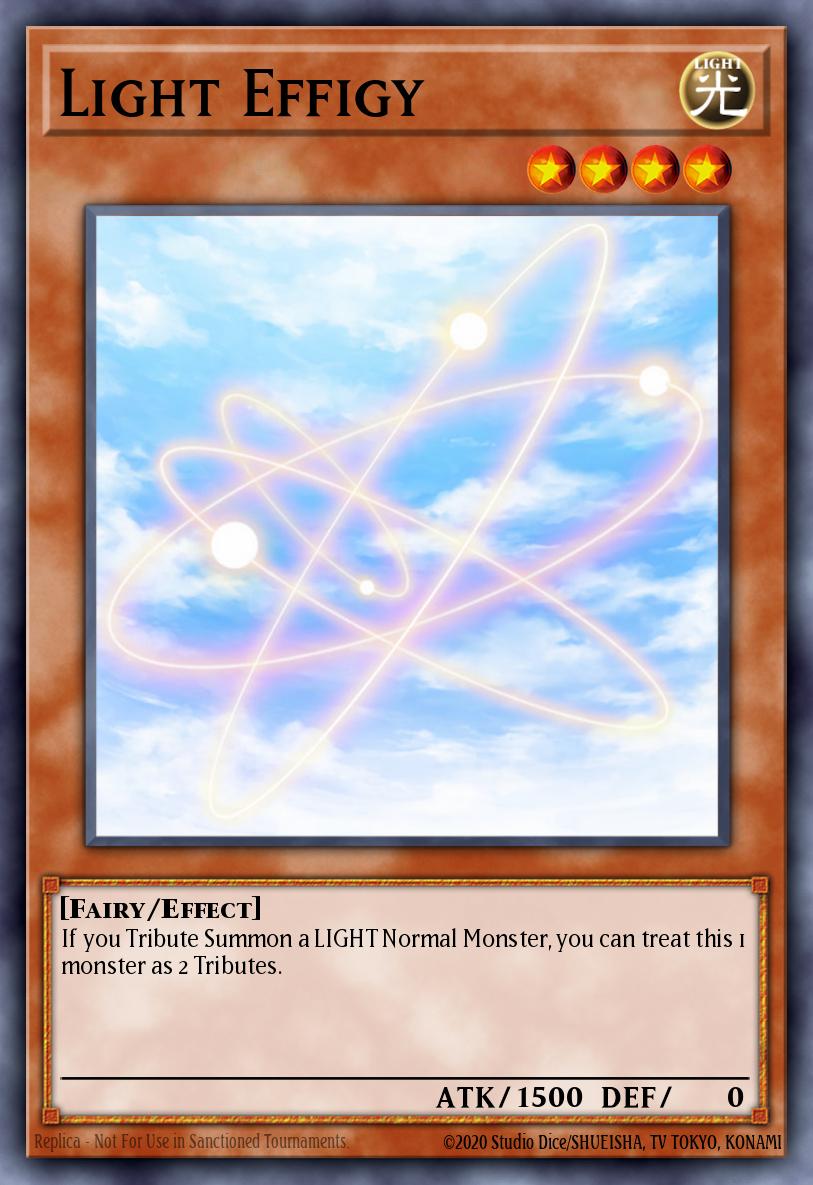 |
| ResNet50 | 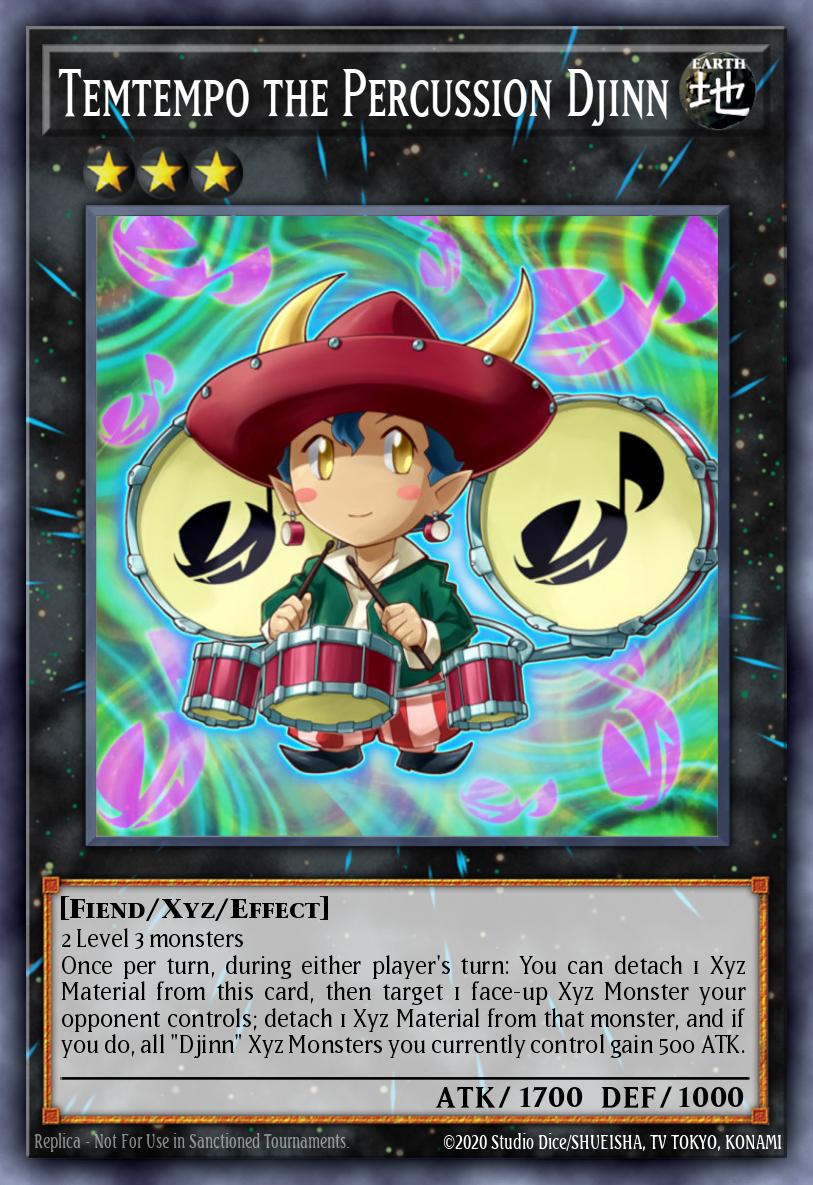 |
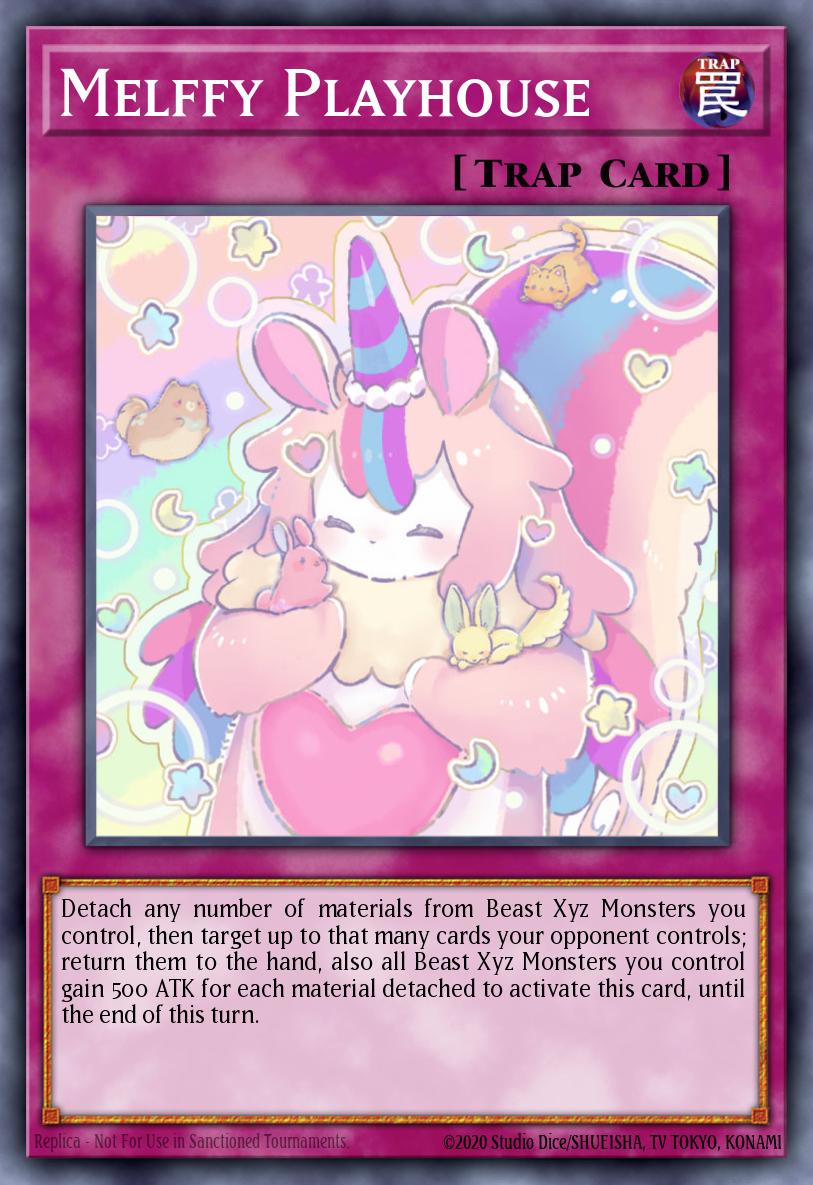 |
| MobileNet | 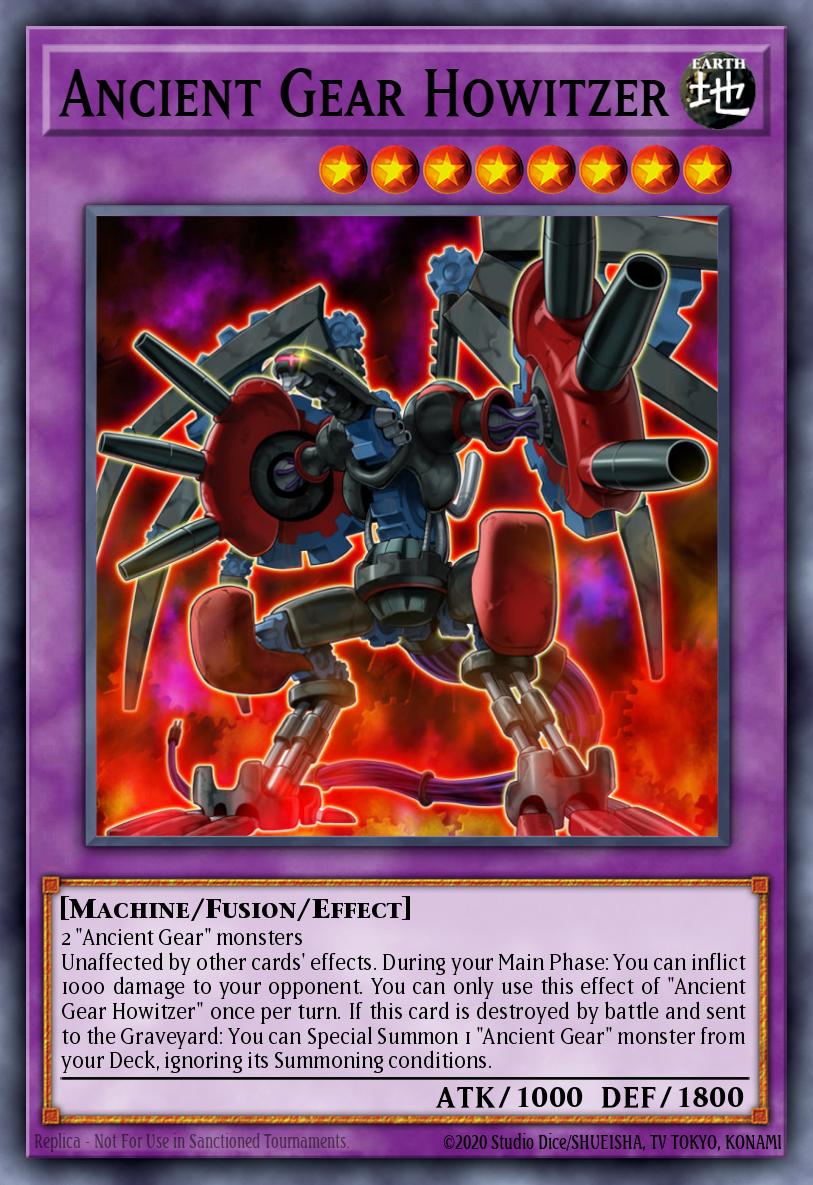 |
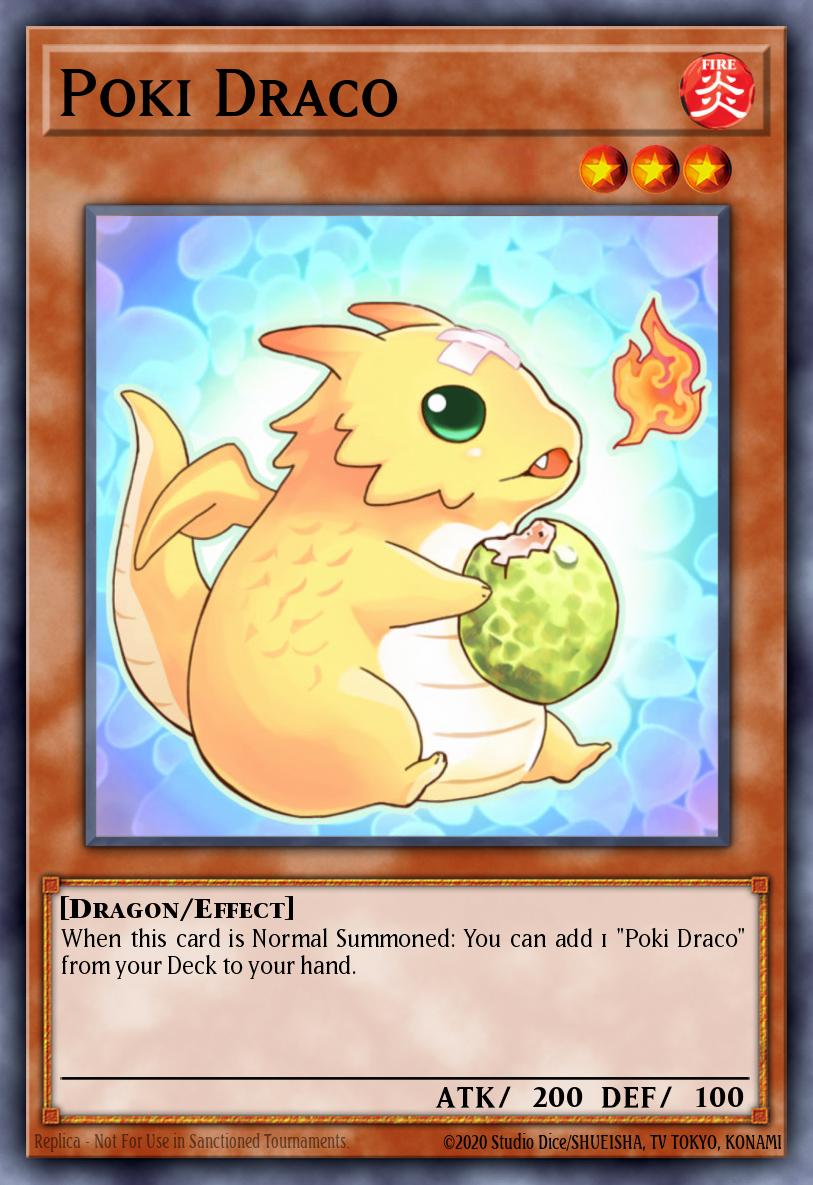 |
| Model used | include_top = True | include_top = False |
|---|---|---|
| VGG16 | 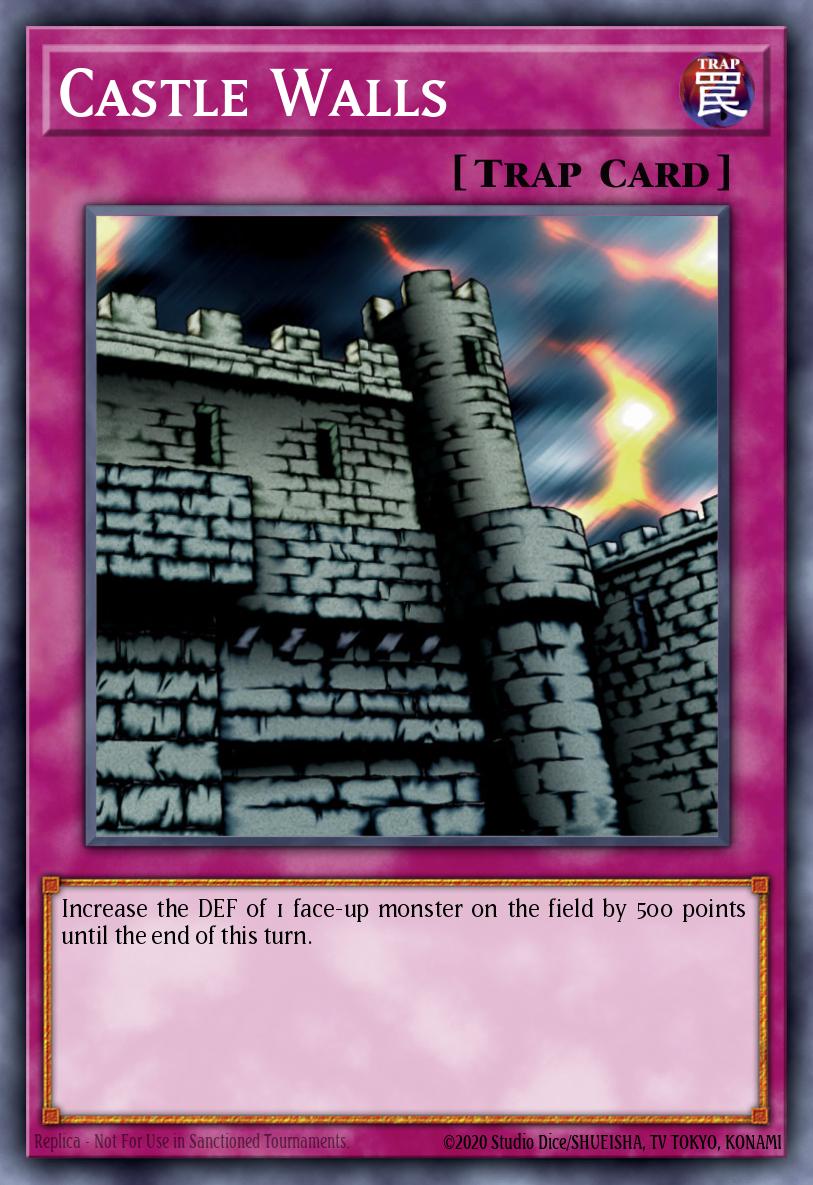 |
 |
| ResNet50 | 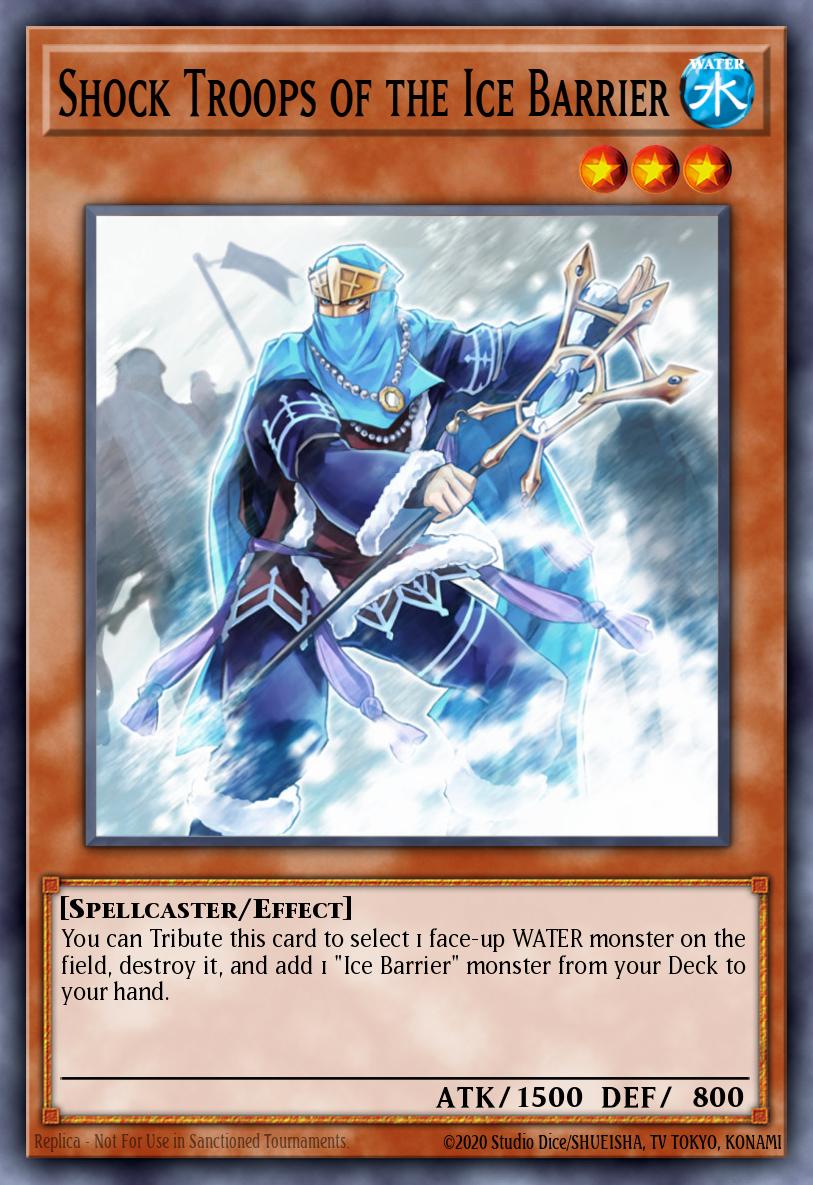 |
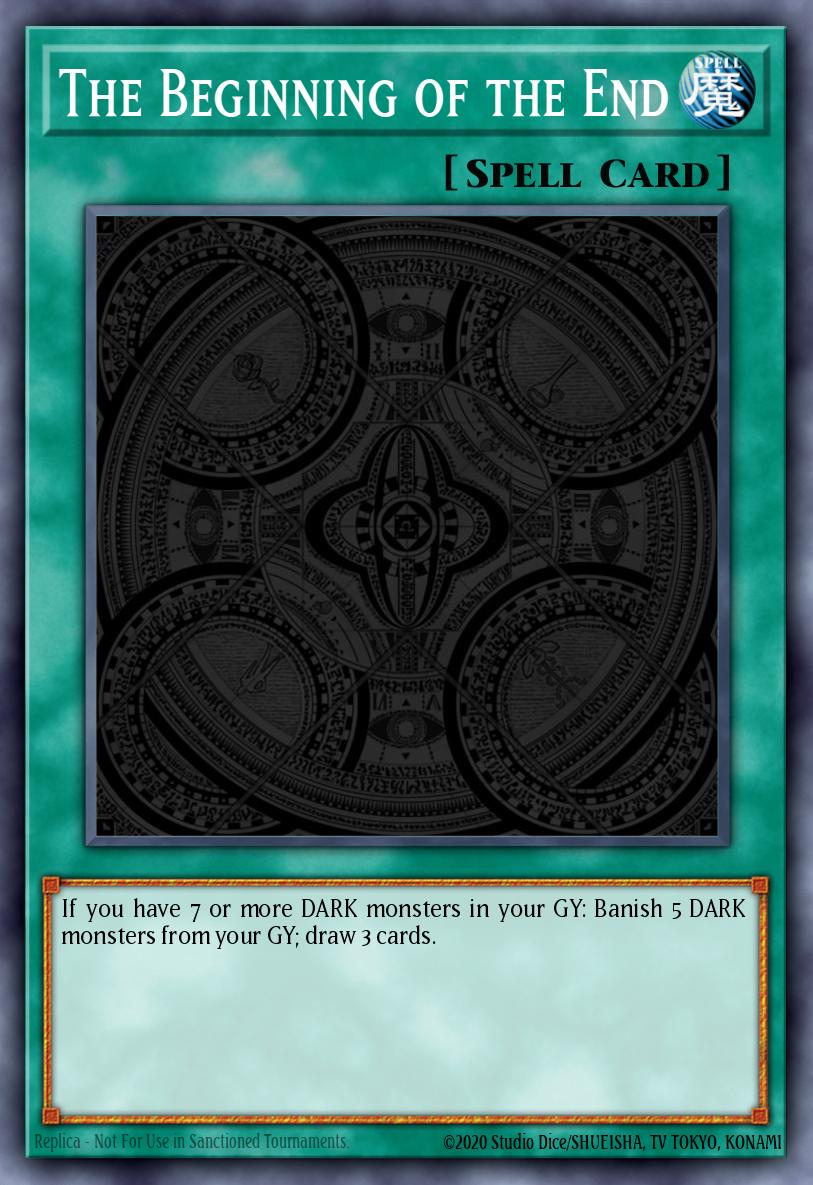 |
| MobileNet | 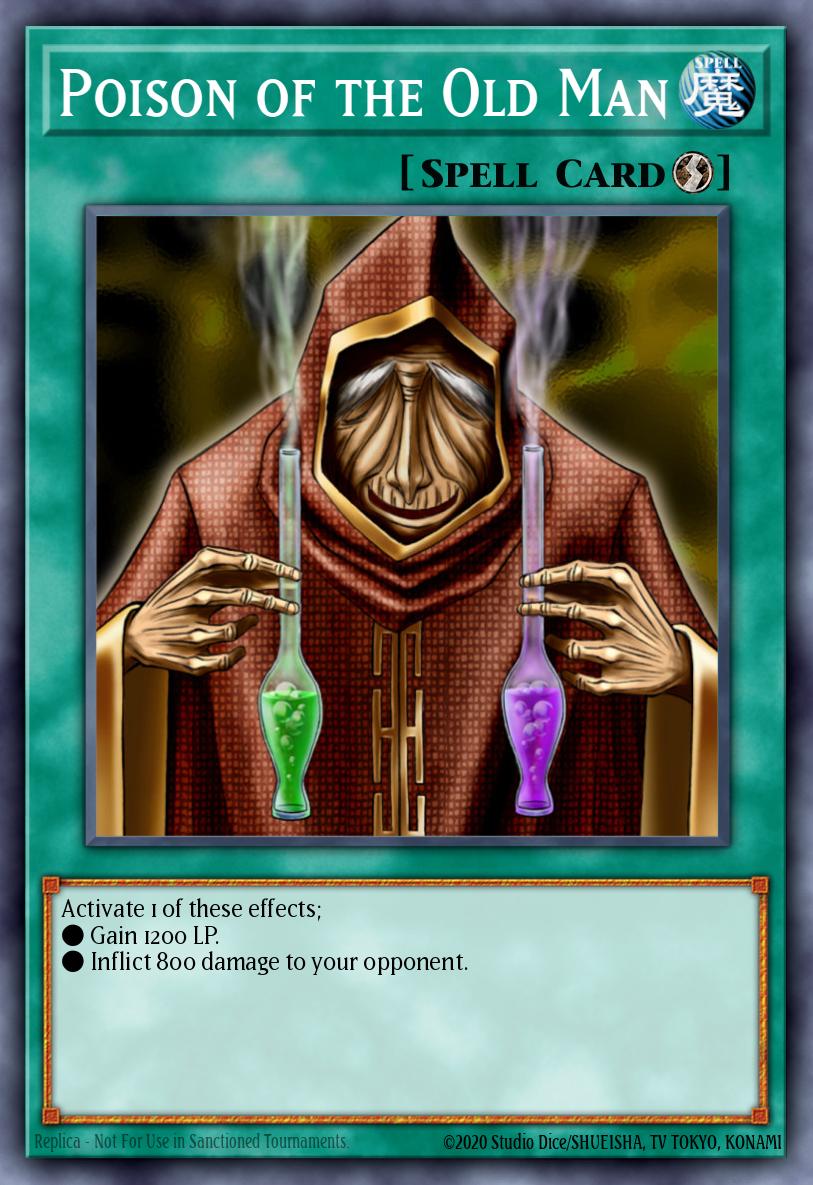 |
 |
The results for charmander.jpg image are really good, since 5 out of 6 images represent an animate character. What's more, 4 out of these 5 also face left, and the other one is a dragon, just like charmander. The odd one: Light effigy can be considered an understandable mistake, since it features a few ovals, and charmander's body is mostly composed of oval shapes.
The results for a-fresh-cut.png image however leave a lot to be desired. Three of them are mostly dark images, but without any similarities in shapes or features. The same Light effigy image appears (curiously for the same model cofigurations), which is again understandable considering that a human face features a few ovals. Shock troops seems to share no similarities whatsoever, in shape nor in colour. Finally Poison of the old man represents a humanoid persona, also facing 'the camera', but lacks any significant similarities. The biggest dissapointment is no match to The pot of greed, since one could argue that the man in the video actually looks like the card.
- The "pot of greed" meme. This is where I saw it for the first time, although it's not the meme's origin. I couldn't find the original.
- Card images are downloaded from ygoprodeck.com using their amazing API.
- Keras applications documentation can be found here.
- A notebook presenting edge detection in computer vision.
- A notebook presenting feature extraction using pretrained keras models.

